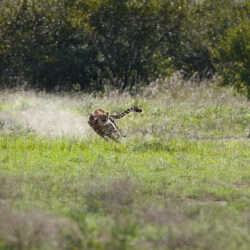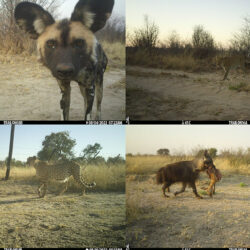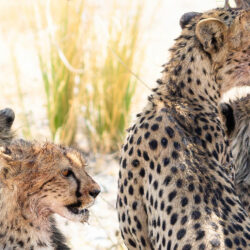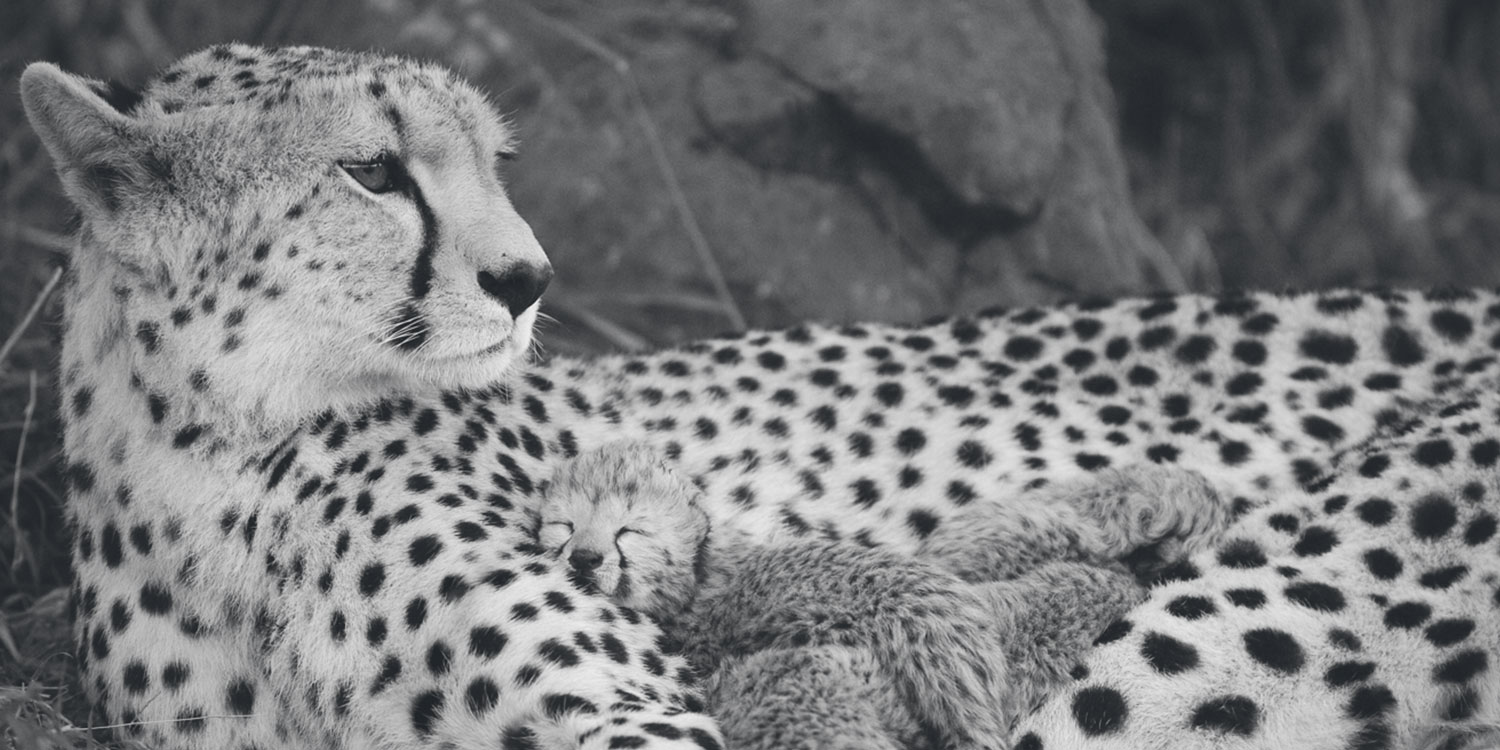CCF Brings Forth Comprehensive Textbook on Cheetahs
-
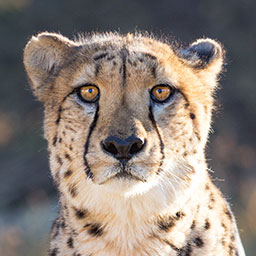
- by CCF Staff October 5, 2017

After over three years’ worth of work, bringing together a network of cheetah researchers and conservationists from her lifetime in the field of conservation, Dr. Laurie Marker is very excited to bring forth the most comprehensive book on cheetah conservation. Cheetahs – Biology and Conservation Biodiversity of the World: Conservation from Genes to Landscapes is set to release in November, by science publishers, Elsevier, but is now available for presale!
Cheetahs, Biology and Conservation reports on the science and conservation of the cheetah both in situ and ex situ. The 500 page volume includes 40 Chapters on a broad range of topics, demonstrating the interdisciplinary nature of cheetah research and conservation efforts. The book begins with chapters on the evolution, genetics, physiology, ecology and behavior of this species, leading into the challenges facing their survival, and the conservation solutions being employed by dedicated conservation scientists, followed by chapters on captive management and the methodologies used in the study of this enigmatic fast cat.
Distribution reports from around the regions are included as well as a better understanding of how international conventions (CITES, CMS, etc.), and the Rangewide Cheetah and African Wild Dog and IUCN Cat Specialist Groups have assisted in conservation planning. The book features contributions on the current and evolving threats to the species, which include habitat loss, declining prey base, human-wildlife conflict, illegal trade and newly-emerging threats, notably climate change. Considerable progress has been made in developing strategies to improve the species’ status, and a section in the book on conservation strategies includes successful conservation and education programs in various countries throughout the cheetah’s range. Chapters on the long-term research and role of captive cheetahs to conservation of the species are included, such as disease studies, captive management and reproductive strategies. Cheetahs have been studied through physical examination, laboratory analysis, visual and remote monitoring, social sciences and by using signs of their presence (scat and spoor). The book concludes with the conservation status of the species and its future outlook.
Cheetahs – Biology and Conservation: Biodiversity of the World is edited by: Laurie Marker Founder/Executive Director, Cheetah Conservation Fund, Otjiwarongo, Namibia and Alexandria, VA, USA; Lorraine K. Boast Research Associate, Cheetah Conservation Botswana; Anne Schmidt-Küntzel, Assistant Director for Animal Health and Research, Cheetah Conservation Fund, Otjiwarongo, Namibia.
Series Editor – Philip J. Nyhus Environmental Studies Program, Colby College, Waterville, ME, USA
Related Reading
-
October 15, 2024
The Ecology of the Landscape Down to the Smallest Part

